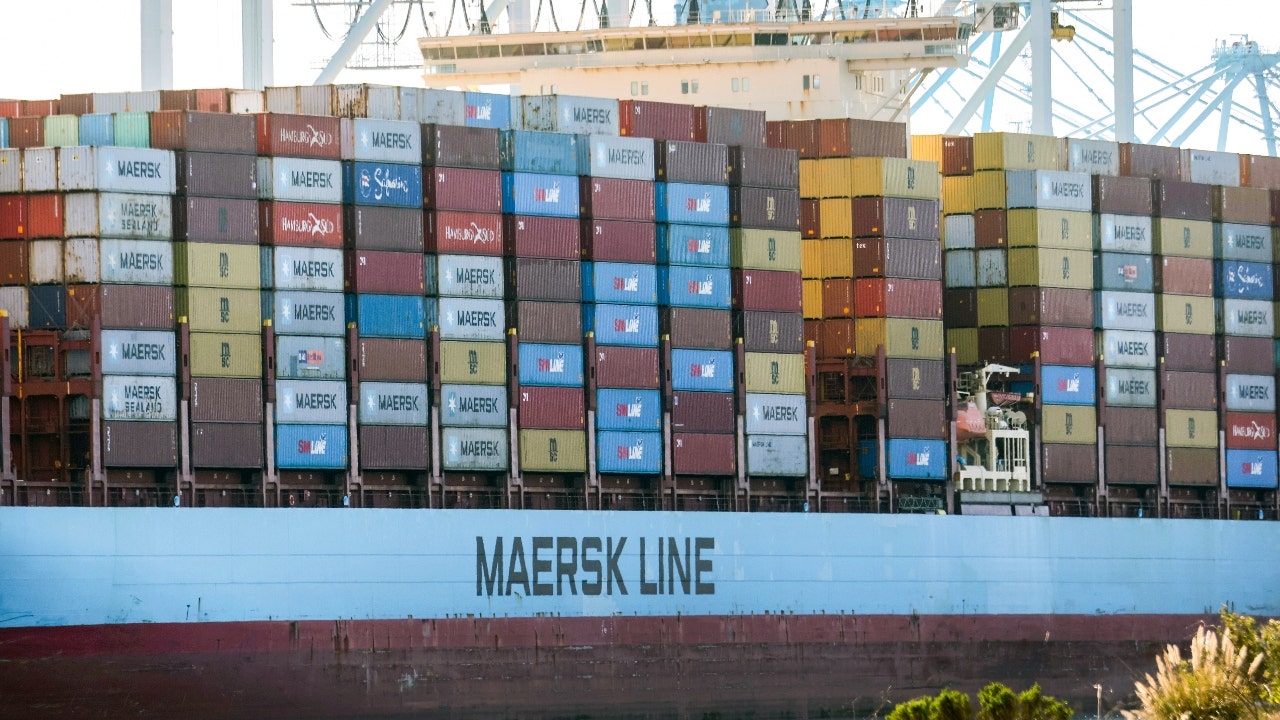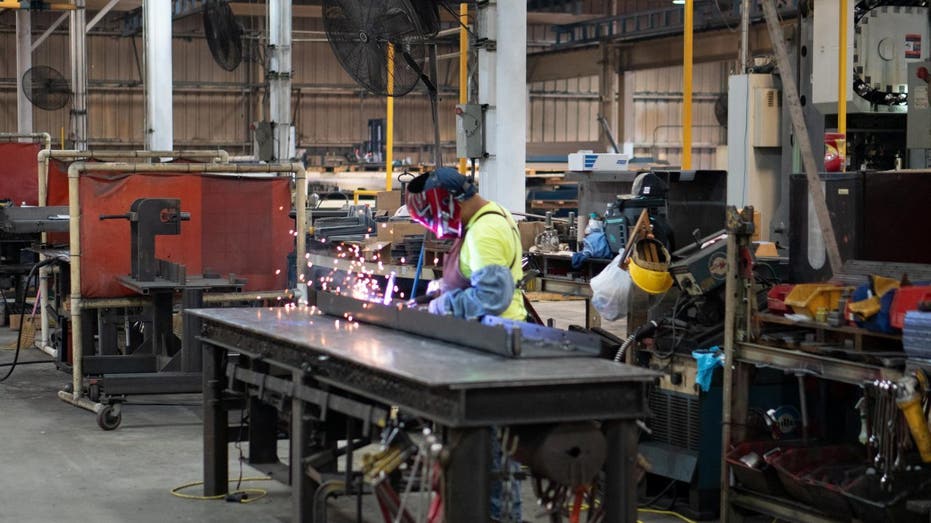Finance
Altana using AI to map and analyze global supply chain with launch of next-gen Atlas

Artificial intelligence (AI) startup Altana launched its next-generation Atlas this week which provides a dynamic map of the global supply chain for businesses, governments and logistics firms looking to monitor the supply chain.
New York-based Altana has worked with U.S. Customs and Border Protection (CBP) as well as shipping giant Maersk and Boston Scientific among other entities to root out forced labor, comply with trade laws and track a range of supply chain-related issues by leveraging AI. The release of its latest iteration of the Altana Atlas deepens the use of AI in the product as it uses public and private data to map the supply chain along with a large language model-informed assistant that responds to questions posed in plain language.
“Now for the first time, we’ve created a shared unified product experience across this whole global map of information and all the artificial intelligence underneath,” Altana co-founder and CEO Evan Smith told FOX Business in an interview. “Both the public and private sector and enterprises, in particular, can hook into this and have a common operating picture with their counterparties across the supply chain, with their regulators, and then actually do work and jobs in the product and not just kind of see data and intelligence.”
AI HELPING REMOVE CHINESE GOODS MADE WITH UYGHUR FORCED LABOR FROM CORPORATE SUPPLY CHAINS
As goods flow through the global supply chain, they can generate records like product orders, customs declarations, freight bookings and other data points that are not only arranged in different formats but are also composed in a variety of languages.
Altana’s Atlas uses AI to synthesize that raw data to put it into a standardized, canonical representation of how products and their inputs move through the supply chain between companies from the bottom up.
The Altana team provided a demonstration of the Atlas to FOX Business using the example of an electric motor manufacturer with a global supply chain. The Atlas shows the tiers of the supply chain that directly provide inputs to the engine maker, as well as the intermediate components all the way back to raw materials – such as copper and lithium in the case of the engine – used as inputs in the value chain.
BLOCKADE OF TAIWAN BY CHINA COULD COST WORLD ECONOMY OVER $2 TRILLION, REPORT FINDS

The Atlas shows users the various dependencies in the supply chain that a company can use to mitigate potential supply chain disruptions caused by things like natural disasters or unanticipated geopolitical events. It also allows a company’s various functional teams to see those dependencies and take action on them in a more collaborative manner when those teams don’t currently have a common operating picture.
“The sourcing, the procurement team, the global trade management team, the compliance team, the risk management team – all these different functions of the company that have these responsibilities across the supply chain – they’re all in siloed, disconnected systems,” Smith explained.
“Getting all the information into one common operating picture is an enormous step toward breaking down those silos, but we’re also building in collaboration to the product so that you can get those different siloed stakeholders into a shared source of truth, shared intelligence and then collaborative workflows to actually take action on that information, take action on the intelligence” he added.
WHAT IS ARTIFICIAL INTELLIGENCE (AI)?

Altana Atlas has also incorporated a large language model-powered assistant that can take questions posed in natural language and use AI to provide quick answers through the Atlas rather than having to find those answers in different systems.
For example, a team leader within a company can query the Altana Atlas about what suppliers and products associated with the most revenue are at risk from a disruption caused by a natural disaster, analyze the company’s exposure, and potentially diversify their supply base to prevent production disruptions.
“AI is only as powerful as the data it was trained on,” Smith said. “Over the last five years what we’ve built is the world’s largest body of organized supply chain information, and now we’re really harvesting that and leveraging that for these new applications of artificial intelligence where you can cover a lot of ground through a natural language interface, you don’t have to build all the software to answer every possible question or workflow that might come out of that.”
Smith explained that the company uses a combination of data provided by users as well as publicly available data to build the Atlas. “We’re building a more and more complete, dynamic map of all this bottoms-up supply chain activity across the world’s physical economy, and every user that joins the platform makes that picture more and more rich for everybody else,” he added.
“The whole architecture and business model that we built Altana around was this federated learning concept where it’s like we can’t share all the underlying data, we can’t put it all in one place because of GDPR and data sovereignty and intellectual property concerns,” Smith said. “But we can bring the platform and the map down into the data, and we can do these operations here, and from that we can kind of glean this derived picture of where the supply chain’s moving and where the product flows are going and what intelligence layer is on top of that.”
The next-generation version of the Altana Atlas is in a phased rollout this month that will continue into the first quarter of 2024.
Read the full article here


















